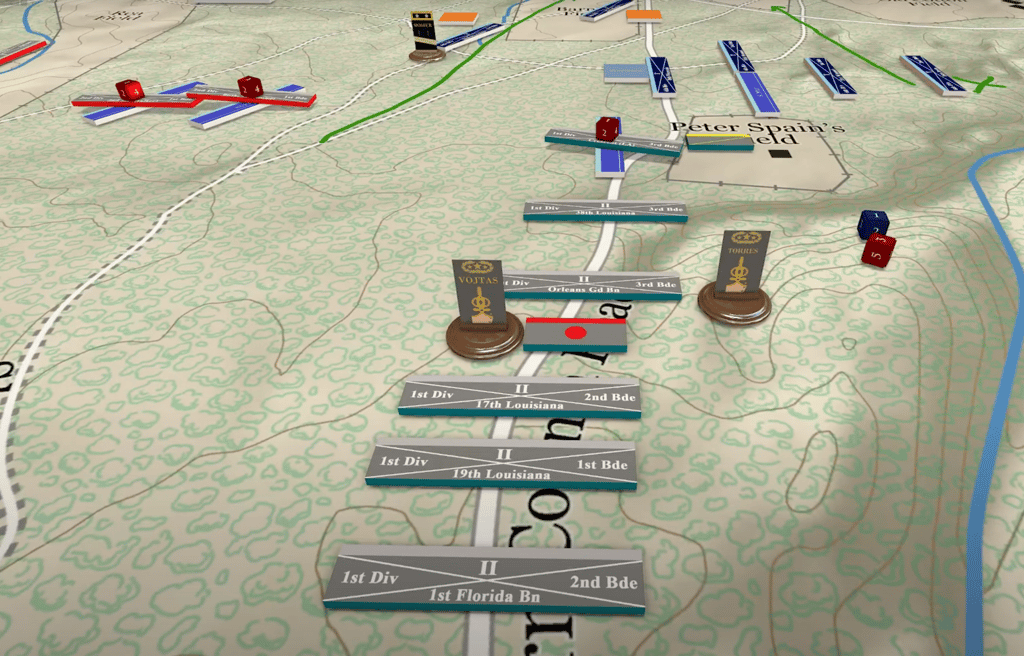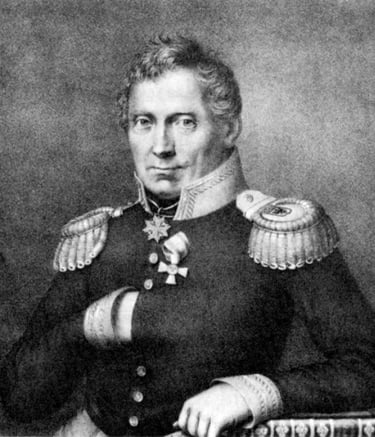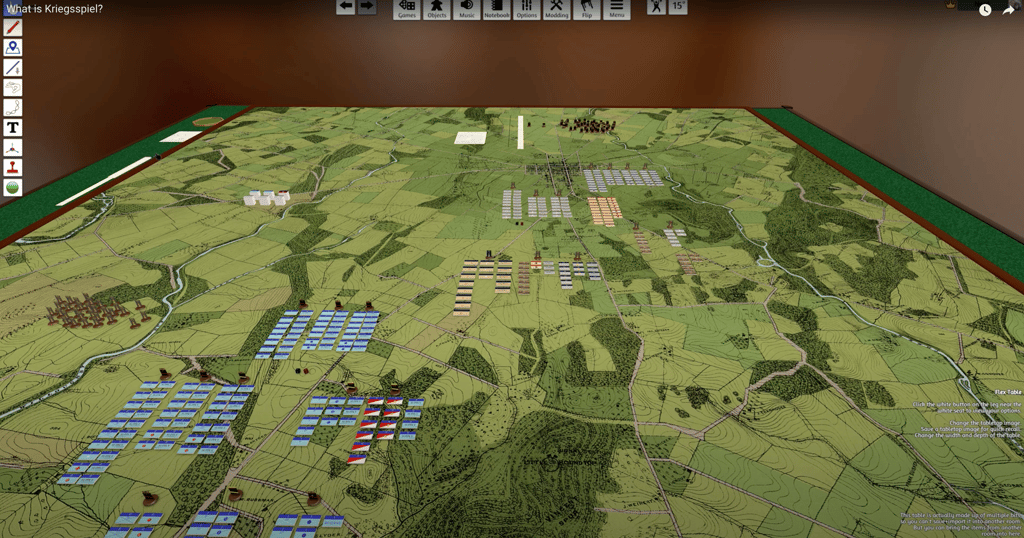In the beginning: Kriegspiel, its pioneering beginnings and evolution
Exploring the origins of Kriegspiel, a 19th-century Prussian war game, offers insights into the early development of realistic warfare simulation systems, laying the groundwork for contemporary tabletop gaming. Kriegspiel serves a dual role as both a strategic game and a sophisticated training tool for the military.
Richard Bird
1/30/20244 min read


The term "wargaming" is a broad descriptor encompassing activities seeking to realistically depict warfare. In historical context, chess, believed to have originated around the fifth century, has endured, cherished by kings and nobles worldwide. Despite its entertainment and strategic benefits, chess falls short as a genuine war simulator, prompting military enthusiasts over centuries to evolve it practically.
Christoph Waichman's 1664 creation, the "Great Game of Kings," stands out as a notable variant. He expanded piece complexity to 36, each mirroring contemporary roles, and introduced a flexible circular grid, departing from chess's square grid. Others, following Waichman, further adapted the game, breaking from chess principles.
Johann Hellwig, credited as the inventor of kriegsspiel (war game), introduced a sophisticated variant of chess in 1780. His first edition aimed to create a game reflecting contemporary military science, altering the chess board significantly (49 ranks by 33 files, 1617 squares) and modifying piece behavior. The board featured diverse terrain types, departing from chess's abstract space, including mountains, swamps, and water squares. Instead of capturing the king, the objective was to occupy an enemy fortress. This innovative approach marked a departure from traditional chess and contributed to the success of kriegsspiel in its time.
The 19th century witnessed advancements in cartography, crucial for wargaming's evolution. John Peterson emphasizes the significance of accurate maps, especially in Prussia, where cartography mastery emerged as a response to Napoleon's early defeats. The marriage of accurate cartography and wargaming allowed for a more realistic representation of warfare.
George Leopold von Reisswitz, growing up immersed in military history, was an early adopter of Helwig's game. He played a pivotal role in shaping Kriegspiel's evolution. Initially shared among friends due to financial constraints, their improvised version incorporated realistic terrain using damp sand and engaged players through mail correspondence.
Reisswitz' demonstration in 1812 at the Prussian palace showcased a hand-sculpted model with intricate details. Although impressive, the custom-built nature limited broader distribution. Reisswitz' son, George Henrik Rudolf Johann von Reisswitz, took up the mantle in 1824, releasing a new edition. Notable changes included increased map resolution, a return to flat maps leveraging topographic cartography, and the introduction of umpires and dice.
Umpires played a crucial role in scenario establishment, interpreting rules flexibly, and making decisions on relative advantages and ranges. Dice added an element of uncertainty, modeling probability in combat scenarios. Empirical battlefield data supported these mechanics, ushering in a new era of wargaming realism.
Upon Kriegspiel's official release, Reisswitz Jr. presented it to the Prussian military, receiving acclaim from the Chief of the General Staff as "schooling for war." To facilitate mass distribution, a workshop with painters, carpenters, and a tin foundry was established, collaborating with the Royal Lithographic Institute.
The compact and practical final product allowed Kriegspiel to spread rapidly, being translated into many languages by the late 1800s. The game continued to captivate enthusiasts, evolving into various tabletop gaming forms. While this exploration delves into the intersection of cartography and wargaming, it merely scratches the surface of these rich historical narratives.


Georg Heinrich Rudolf Johann von Reisswitz
Dual perspectives: gaming and military utility
Kriegspiel assumes a dual role, functioning both as a strategic board game and an advanced military training tool.
In its capacity as a game, Kriegspiel traces its origins back to the 19th century, with variations available in both traditional board game formats and contemporary digital adaptations. The game places a significant emphasis on strategic decision-making and tactical planning, distinguishing itself by incorporating elements of hidden information and the fog of war. Within the gaming community, Kriegspiel thrives, fostering both competitive and collaborative play through organized tournaments.
Transitioning seamlessly into military applications, Kriegspiel boasts a rich history of serving as a training tool. Originally employed by military officers for strategic thinking and command training, it has evolved into sophisticated military simulations. These simulations authentically recreate complex battlefield scenarios, offering military personnel a platform to strategize and simulate realistic wartime conditions. Particularly valuable for commanders and strategists, Kriegspiel enhances decision-making skills, crisis management, and strategic planning.
The dual roles of Kriegspiel reveal commonalities in strategic thinking between the gaming and military contexts, suggesting potential synergies in skill development. However, the evolution of Kriegspiel also brings forth challenges and opportunities. Ethical considerations in both gaming and military applications necessitate responsible design practices, while the ongoing integration of advanced technologies indicates the potential for advancements in both spheres. In essence, Kriegspiel's versatility underscores its significance as an engaging strategic game and a crucial training tool, fostering innovation and skill development across varied contexts.
The International Kriegspiel Society are a worthy band of brothers who play regular simulations digitally via the Discord site. It is well worth looking at their websiteto find out more. If however, you want to join the Discord group, simply click here. There’s more, click on the video above to watch an introduction to Kriegspiel as played by the group.

